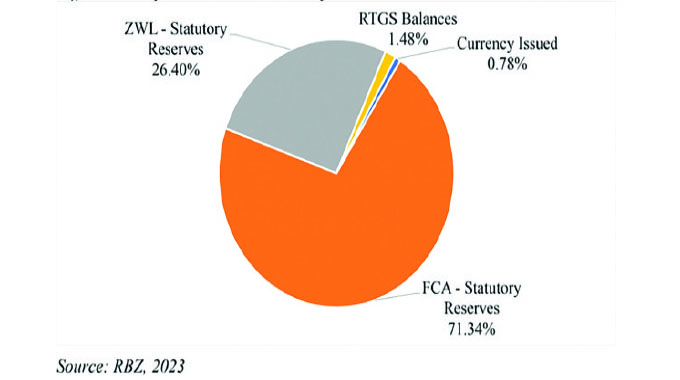Brick moulding and the environment
Infrastructural development is a form of development that depends on upstream activities such as brick moulding, quarrying, and sand excavations for its raw materials.
In Zimbabwe, modern shelter is considered modest if it is built of bricks among other materials.
The practice of brick making is common in both rural and urban set ups. The construction industry is a driver of brick moulding and there is a direct relationship between the two. As such, brick moulding is more associated with active or new urban development due to the high building activity relative to the rural areas.
The brick moulding sector comprises of the big commercial moulders that use mechanised equipment to produce strong compacted bricks and the small players that mainly produce the less compacted farm bricks.
Brick moulding is a way of value adding our clay deposits for economic development but the practice is associated with some environmental challenges linked to the various stages in the brick making process.
How brick making interacts with the environment
The process of brick making impacts on the environment and the extent of damage depends on the scale of operation, length of use and the attitude of the operators.
Important to note is the fact that bricks are made from clay deposits that occur in the solum. Solum is the part of the soil profile that constitutes the top and sub soil horizons, both of which are important for agriculture and the ecosystems.
Brick moulding commences with land clearing that is followed by excavations of the clay material, moulding and heating. Massive tree cutting is common in brick making during site clearing and brick heating process.
There is resultant loss of animal habitat and biodiversity. Most farm brick kilns are fired from wood whilst commercial brick moulders use coal-fired kilns.
Coal is a non-renewable energy source. The deforestation and carbon dioxide emissions have further indirect effects on the ecosystems and climate.
Excavation and abstraction of the clay create huge pits and trenches that are not only a hazard to human and animals but also renders the land unusable for crop or livestock production.
The pits collect water during the rainy season becoming breeding sites for pathogens and vectors such as mosquitoes, and can also cause drowning of animals and humans.
How can brick moulding be environmentally friendly?
Adverse effects of brick moulding can be mitigated through adopting and practising sustainable development.
Principles of sustainable development entails that the process will be economically viable and also environmentally considerate.
Mitigating environmental damage is possible through various strategies such as; localising, avoiding, minimising and taking corrective action.
Brick moulding should be conducted on designated sites to localise the impact and also avoid sensitive areas such as wetlands, land with 30m of a river or stream, steep slopes and mountain ecosystems.
The amount of energy used should be minimised through use of efficient heating kilns. The carbon foot print of the activity can further be reduces by using renewable energy such as natural gas, fast regenerating tree species that are regrown, sawdust and timber off cuts from other processes.
When a site is exhausted, the land needs reclamation and rehabilitation to make it productive for other sectors and avert danger to animals and humans.
What the law says regarding brick moulding
According to the Environmental Management Act, as read with Statutory Instrument 7 (Environmental Management (Environmental Impact Assessment and Ecosystems Protection) Regulations) of 2007, commercial brick moulding should be done under a permit issued by the Environmental Management Agency.
For one or an institution to get the permit, the application must be accompanied by a comprehensive Environmental Management Plan that has a detailed excavation and rehabilitation plan for the site as well as how other adverse impacts will be mitigated.
Veld fires destroy the environment, life and property – let’s prevent them






Comments